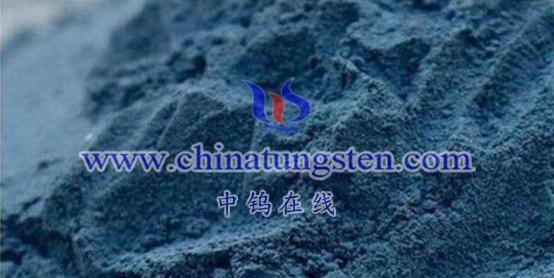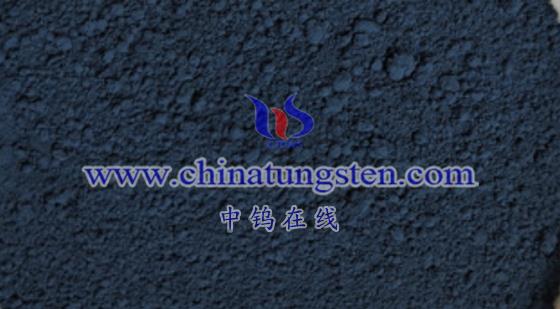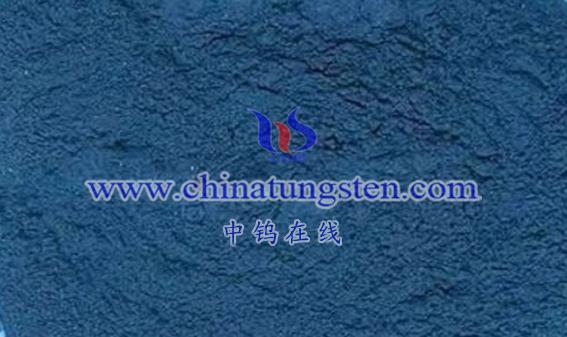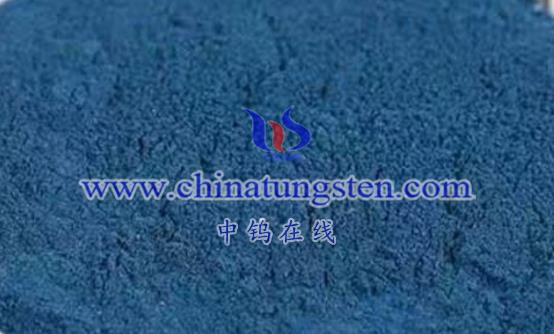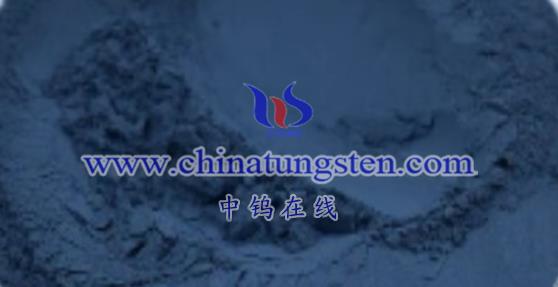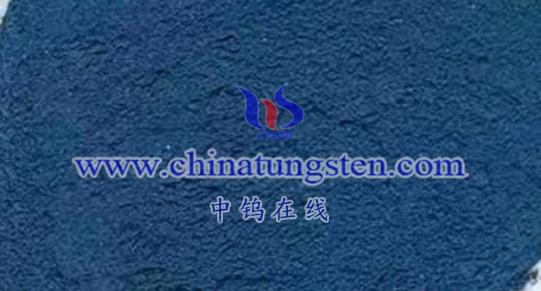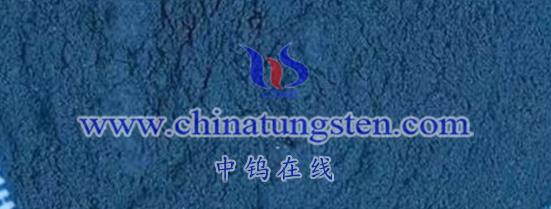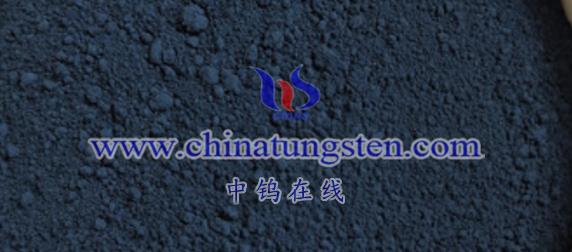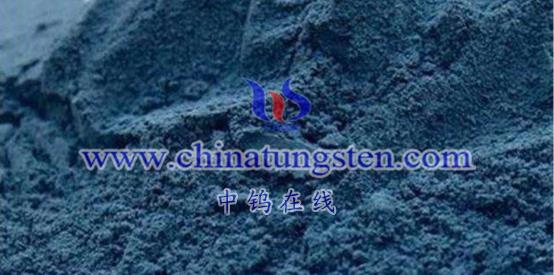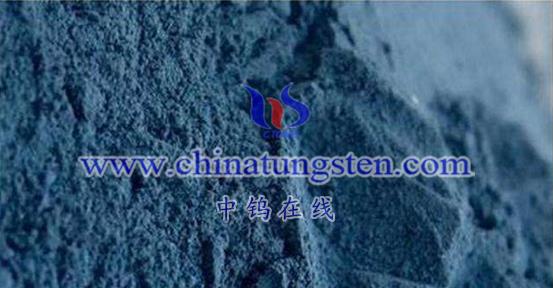
Cesium-doped tungsten oxide (CsxWO3, where x denotes the cesium doping level) is widely used in infrared materials due to its unique optical properties and electronic structure. Here’s a detailed look at the application principles:
- Optical Properties of Cesium-Doped Tungsten Oxide
- Near-Infrared Absorption and Visible Light Transparency: CsxWO3 exhibits strong absorption in the near-infrared region (wavelengths of 800-1200 nm), which is largely due to changes in its electronic structure from cesium doping. This modification increases the concentration of free carriers in the material, thereby enhancing near-infrared absorption.
- Simultaneously, CsxWO3 has high transparency in the visible spectrum (380-780 nm), meaning it allows visible light to pass through, maintaining visual clarity for the human eye. This property makes CsxWO3 ideal for applications where blocking near-infrared radiation without reducing visible light is necessary, such as in smart windows, automotive films, and building insulation coatings.
- Electronic Structure and Absorption Coefficient
- Free Carrier Concentration and Absorption Coefficient: The near-infrared absorption of CsxWO3 is closely related to the concentration of free carriers in the material. As the level of cesium doping increases, the free carrier concentration rises, leading to stronger absorption in the near-infrared range.
- The absorption coefficient αalphaα for free carriers is proportional to the concentration of free carriers and the square of the absorbed wavelength. This relationship means that by adjusting the amount of cesium doping, the near-infrared absorption capabilities of CsxWO3 can be precisely controlled.
- Application Examples of Cesium-Doped Tungsten Oxide
- Smart Windows: CsxWO3 can be used to create smart windows that adjust their transparency in response to external light. In strong sunlight, the smart window can absorb near-infrared radiation, reducing indoor heat. Under low light, it allows more visible light to pass through, enhancing indoor brightness.
- Automotive Films: Applied in automotive films, CsxWO3 effectively blocks solar near-infrared radiation, reducing the temperature inside the vehicle and enhancing driving comfort. The high visible light transparency ensures the driver’s vision is unaffected.
- Building Insulation Coatings: As an infrared absorber in building insulation coatings, CsxWO3 significantly improves the thermal insulation of the coating. In summer, it absorbs and reflects near-infrared solar radiation, reducing indoor heat gain; in winter, it helps retain indoor warmth.
- Preparation and Performance Optimization
- Various methods, including sol-gel, hydrothermal synthesis, and co-precipitation, can be used to produce CsxWO3. The chosen preparation method impacts the material’s microscopic structure and performance.
- To enhance the infrared absorption and stability of CsxWO3, researchers also explore additional modification techniques, such as doping other elements or fine-tuning the crystal structure.
In summary, the application of cesium-doped tungsten oxide in infrared materials relies on its unique optical and electronic properties. By adjusting cesium doping levels and preparation processes, CsxWO3 can be engineered to deliver high near-infrared absorption and excellent visible light transparency, making it suitable for various practical applications.
More details of tungsten oxide product, please visit website: tungsten-oxide.com
Please contact CHINATUNGSTEN for inquiry and order of tungsten oxide:
Email: sales@chinatungsten.com
Tel.: 86 592 5129595
